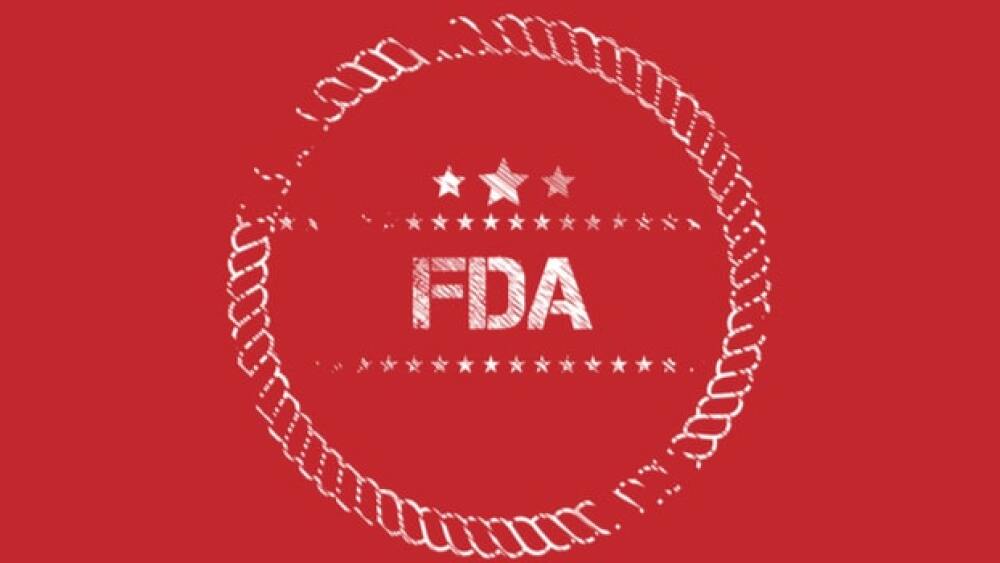The Prescription Drug User Fee Act (PDUFA) was first passed into law by the U.S. Congress in 1992.
The Prescription Drug User Fee Act (PDUFA) was first passed into law by the U.S. Congress in 1992. It allowed the U.S. Food and Drug Administration (FDA) to collect frees from drug companies to fund the approval process for new drug applications. Yesterday was the first public meeting leading to the reauthorization, the seventh such reauthorization, which was held virtually because of the COVID-19 pandemic. The meeting was basically the starting point for negotiations with the industry and talks with stakeholders that the FDA will use when it redefines the new drug review program for Fiscal Year 2023 to Fiscal Year 2027.
FDA Commissioner Stephen Hahn began by saying, “Since FY2016, nearly five years after our previous meeting, CDER and CBER have approved over 150 new molecular entities, new drug applications and biological license applications.”
Almost half of those were for orphan indications. He added that in the most recent fiscal year, the agency, “Reached a new high for priority applications filed—72—and total applications filed—166—and again are on track to meet or exceed most of our review performance goals.”
He added that outside of the agency’s review goals, FDA published more than 30 draft or revised guidances and held more than 20 public meetings and workshops. FDA also published nine public reports as part of its PDUFA VI commitments.
Andrew Kish, director of the Office of Program and Strategic Analysis at the Center for Drug Evaluation and Research (CDER) provided an overview of the previous PDUFA programs, emphasizing that the latest program modernized user fee structure.
“PDUFA VI modernized the user fee structure to improve program funding predictability, stability and administrative efficiency,” Kish said. “The new structure eliminated the supplement fees, replaced establishment and product fees with the program fee, which shifted a greater proportion of the target revenue to the new, more predictable, stable, annual program fee.”
Stakeholders in the form of representatives from the Pharmaceutical Research and Manufacturers of America (PhRMA) and the Biotechnology Innovation Organization (BIO) also offered up their wish list for the next user fee deal that will be negotiated over the coming months.
Lucy Vereshchagina, vice president of science and regulatory advocacy at PhRMA, said, “There is a pressing need for FDA, and industry, to identify actions taken during the COVID-19 pandemic and evaluate their effectiveness and applicability to innovative drug development beyond the public health emergency.”
She also said the group would like to see, “More predictable and timely engagement and better communication during drug development.” These include risk-based inspections and enhanced technological infrastructure at the FDA. They would also like to see a flexible and scalable global framework for digital technology development, which increased in use during the pandemic.
And, consistent with the last few years, PhRMA is hoping for greater support for real world evidence (RWE) in FDA’s decision-making. “PhRMA believes that real world evidence, for example, can be used for demonstrating effectiveness either on its own in some circumstances or in combination with other data,” Vereshchagina said.
Cartier Esham, executive vice president, emerging companies at BIO, noted that BIO has three primary objectives as well as its “evergreen position” of supporting FDA” s ability to hire and retain “world-class personnel.”
The three objectives are to continue optimizing the current program and processes; ensure science-based and effective post approval requirements and activities; “and third, to develop new initiatives that will best prepare us for the future.”
Esham also said BIO wants to see more funding for CBER to deal with increased workload via cell and gene therapies, as well as clarification of evidentiary standards for the agency’s expedited pathways, such as its new regenerative medicine advanced therapy (RMAT) designation.
FDA has granted more than 50 RMAT designations since it was created under the 21st Century Cures Act but has not approved a single RMAT-designated product.





